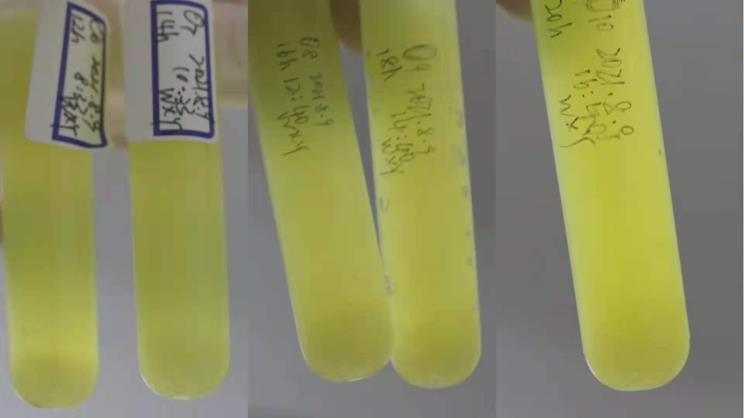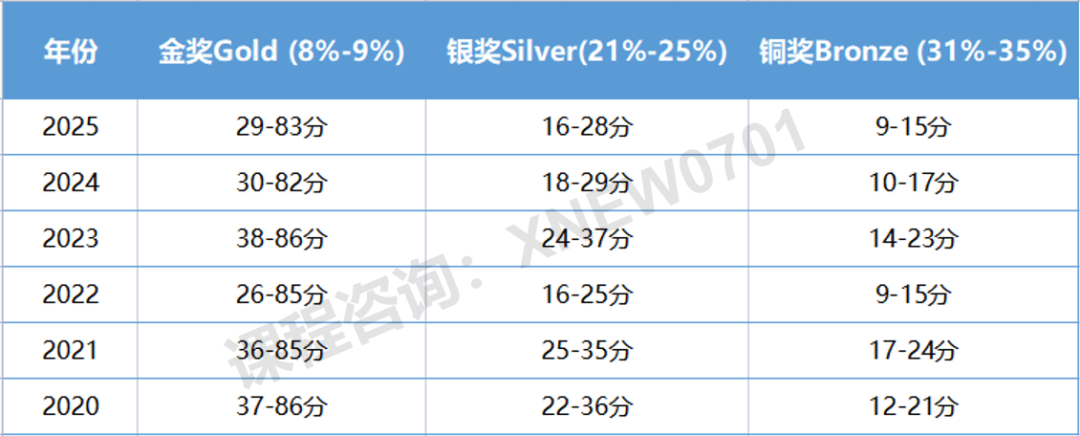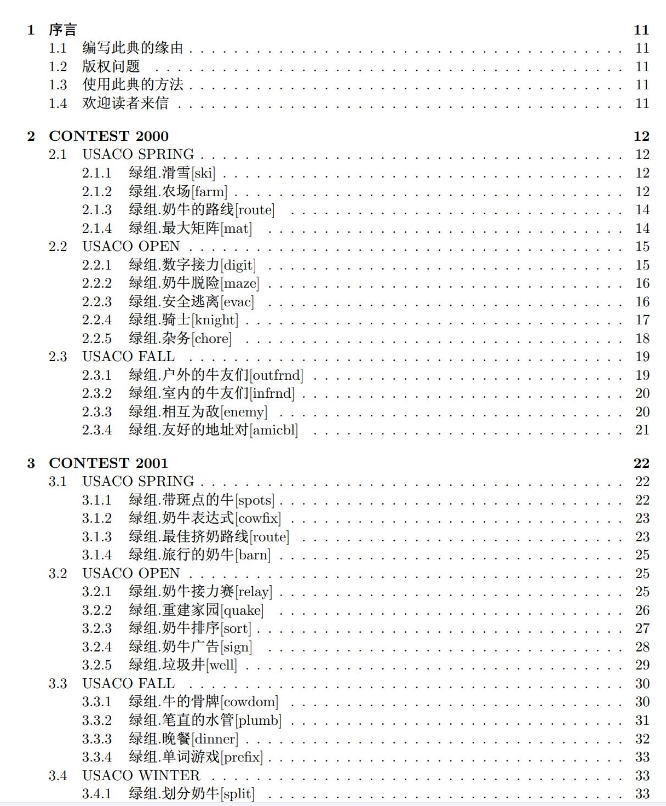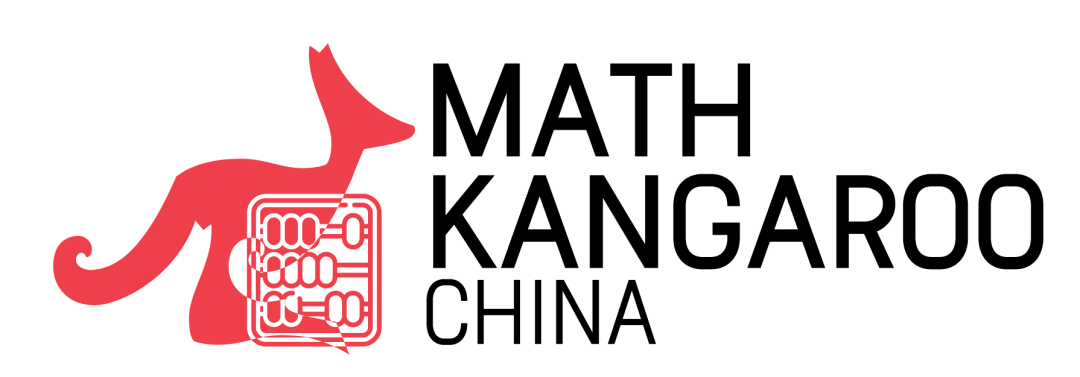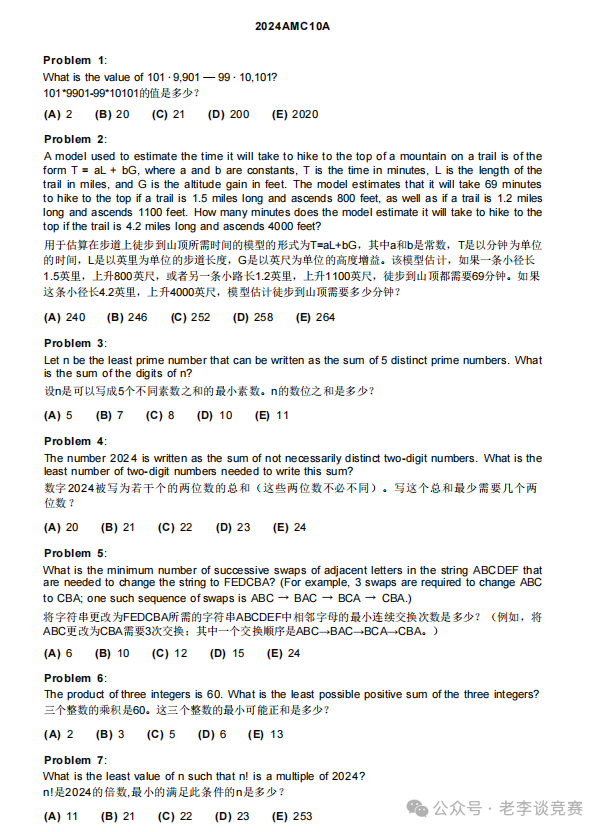IS LACTIC ACID BACTERIA THERAPY THE MOST EFFECTIVE TREATMENT FOR LACTOSE INTOLERANCE?
乳酸菌疗法是治疗乳糖不耐受最有效的疗法吗?
研究概述
研究者儿时起经历的轻度乳糖不耐受让她有强烈的愿望去寻找乳糖不耐受的起源和有用的治疗方法。研究介绍了乳糖不耐受的起源以及β-半乳糖苷酶的作用原理,采用实证研究比较目前使用的两种主要治疗方法。问卷法与T检验用于一手数据的收集与分析,了解了人们对乳糖不耐受的认识。总的来说,乳酸菌疗法是治疗乳糖不耐受最有效的方法,具有广阔的临床应用前景。
作者Author:魏紫玥 Ziyue Wei
INTRODUCTION
In global epidemiology, it is becoming increasingly difficult to ignore the problem of lactose intolerance. Recently, the public recognized two main opinions that treat lactose intolerance effectively enough. One of them is the relatively advanced method which is using lactic acid bacteria to produce β-galactosidase. Lactic acid bacteria have vibrant lactase activity and they can decompose the lactose in milk into glucose and galactose, thus relieving the symptoms of lactose intolerance. Another credible method is to supplement lactase preparation since lactase deficiency or low activities are the most fundamental pathological causes of lactose intolerance. Take a global perspective, lactose intolerance is a common disease in Asia and even in the whole world( Lactose intolerance affects an average of 48.38% of the world's population). Few researchers had explained the reasons behind it although there were many studies of lactic acid bacteria treatment of this disease. Thus, the research blank existed due to deficiencies in present.
LITERATURE REVIEW
According to Nobel Prize winner Metchnikoff, this Russian scientist clearly proposed that a huge number of lactic acid bacteria in yoghurt plays an important role in prolonging life. Similarly, Li (2012) found that a kind of lactic acid bacterium MG1363/FGZW alleviates lactose intolerance. This piece of information was noted in a journal named Applied Microbiology and Biotechnology. It has been cited thousands of times and also lines up with other sources of clinical data, therefore the source is relatively valuable.
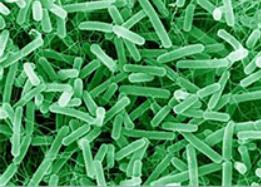
Figure 1: Lactic acid bacteria under the optical microscope
For supplement lactase preparation, at the end of the 19th century, Dutch biologist Beijerincek first discovered and reported that lactase could hydrolyze lactose. With the improvement of the quality of lactase, commercial lactase preparations have been popularized in the markets. In addition, Liu H (2015) reported that taking lactase (β-galactosidase) can effectively treat lactose intolerance which was indicated by reducing the amount of hydrogen in the breath.
Some biologists hold the view that lactic acid bacteria not only fully express the characters of the probiotics, but also continuously secrete β -galactosidase and release it into the gastrointestinal tract. Kolars et al. (1984) divided 50 patients with lactose intolerance into four groups. They were given lactose aqueous solution (containing 20 g lactose), milk (containing 18 g lactose), yoghurt (containing 18 g lactose), and galactoside fructose aqueous solution (containing 10g galactoside fructose) respectively. The results showed that the hydrogen content in the breath of patients in the yoghurt group was one-third of that in the milk and lactose solution group. The proportion of patients with diarrhoea or flatulence in the yoghurt group was only 20%, while that in the milk group was 80%.
METHODOLOGY
<1>.EMPIRICAL CONCLUSION METHOD
Utilised in the past, the methods of using lactic acid bacteria and supplement lactase preparation will be briefly summarized.
<2>.INVESTIGATION METHOD
Considering the time people start to experience discomfort after drinking milk/yoghurt, this study principally conducted qualitative research by making a questionnaire. Furthermore, the other aim is to collect people’s attitudes in different age groups towards this therapeutic method through yoghurt---the most common form of lactic acid bacteria.
Paired Samples T-test(N=196) is an excellent inferential statistical method that I used to compare the means of two sets that are directly related to each other. These data came from the same group of people who filled the questionnaire, but the condition changes before and after experimental processing.
Instead of letting patients take milk for my experiment to get data, I just asked the interviewees to recall and record their experiences of lactose intolerance before. In addition, the result will be presented anonymously since this research involved the medical history of the disease.
RESULTS
PART 1. LACTOSE INTOLERANCE
<1>.DIGESTION OF LACTOSE AND THE FUNCTION OF IECS
How is lactose degraded in the human body?
Lactose is the only disaccharide in milk by the existence of the monomer-form molecule, and it is mainly digested in intestinum jejunum. Lactose is hydrolyzed into glucose and galactose which connect through a 1, 4-glycosidic bond by lactase secreted by intestinalepithelialcells, IECS, then absorbed by active cellular transport. Furthermore, glucose mainly provides energy for the body, while galactose binds to ceramide by a glycosidic bond. Galactocerebroside begins to take shape, which participates in the development of the brain.
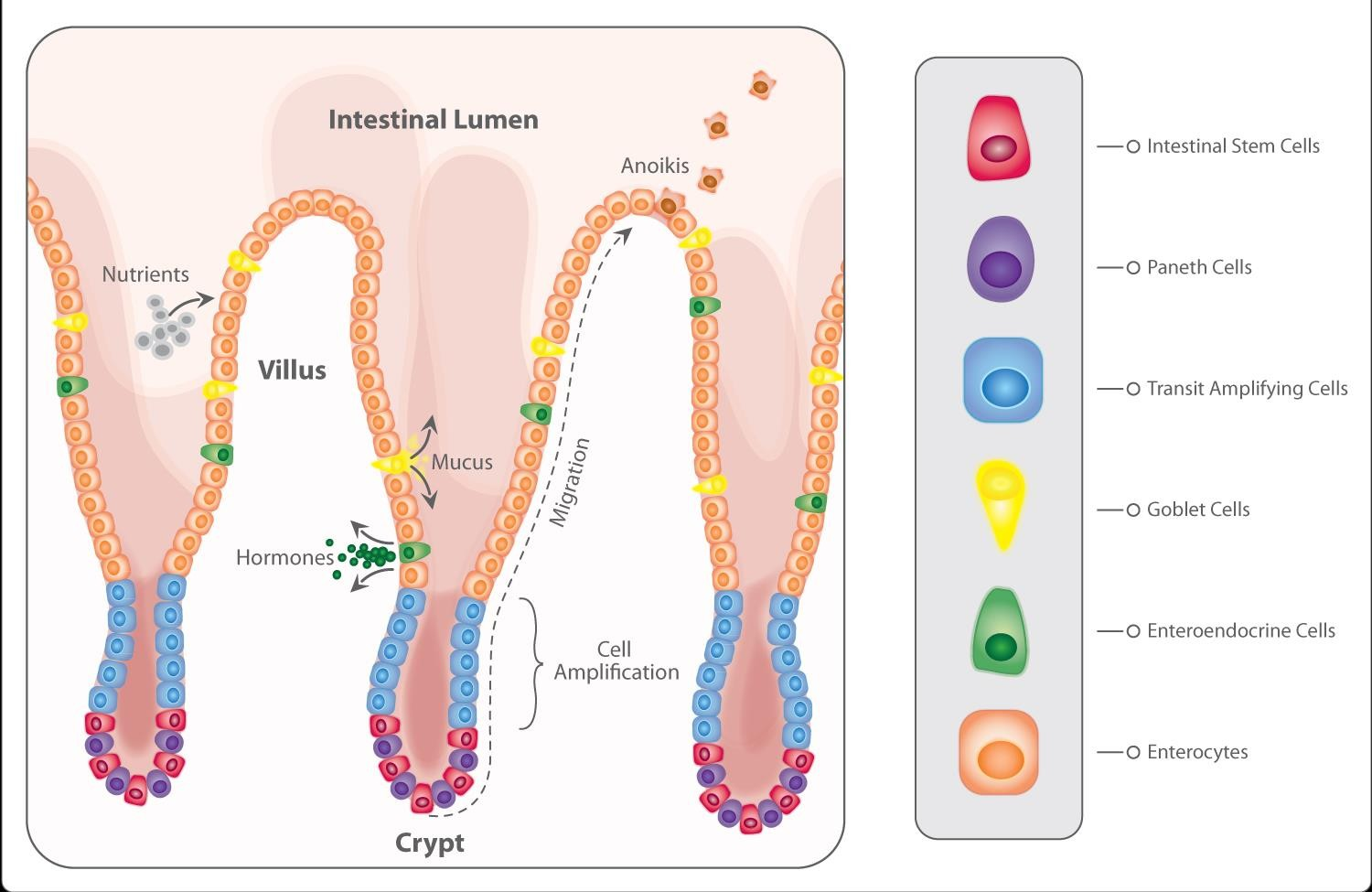
Figure 2: The planar diagram of intestinalepithelialcells, IECS
<2>.PATHOGENESIS OF LACTOSE INTOLERANCE
Compared with other disaccharidases, lactase ripens the latest, has the lowest content, is the most vulnerable, and is hardest to repair. After lactose intake, problems in any link of lactose digestion can lead to an abnormal increase of lactose concentration. At the same time, the undigested lactose enters the colon, and the intestinal flora will decompose the lactose into lactic acid. Some of the released hydrogen gas is disseminated into the blood circulation and expelled by the lungs through breathing exercises, which is the clinical basis of the lactose hydrogen exhalation test.
PART 2. LACTIC ACID BACTERIA TREATMENT
<1>.THE SUPERIORITY AND SHORTCOMING OF THE TWO METHODS
Table 1:similarities and differences between two treatments
| Mechanism of hydrolysis | decompose lactose into glucose and galactose.
The semi-solid milk products fermented by lactic acid bacteria can effectively prolong the action time of lactose hydrolysis and improve the hydrolysis rate. |
Lactase preparation can directly hydrolyze lactose into galactose and glucose, which can be absorbed by the body. |
| Drug dependence / whether symptom improved after discontinuation | Lactic acid bacteria interact with host cells through secreted metabolites to activate immune-related cell signal transduction, regulate the stability of cytokine expression, enhance immune function, and prevent repeating lactose intolerance. | Lactase preparation can hydrolyze 70 % ~ 80 % lactose when ingesting dairy products. But once the ingestion is stopped, the patient's symptom of lactose intolerance does not improve. |
| Whether need to change diet | Lactic acid bacteria were used to ferment food (yoghurt), which reduced the lactose level.
Some lactic acid bacteria (such as Lactobacillus bulgaricus) can safely degrade lactose by maintaining the integrity of their cell membranes to protect lactase from being degraded by stomach acid. |
Lactase preparations can effectively improve lactose absorption disorders without changing the lactose-containing diet, ensure that patients get enough nutrients from dairy products, and promote the recovery of the condition. |
| When food containing lactic acid bacteria is ingested directly, the time difference between lactose intake and lactic acid bacteria intake | Factors such as enzyme degradation in the digestive tract, pH value in the stomach, bile concentration, food stimulation to | |
| Consideration of the time | does not need to be considered | gastrointestinal peristalsis and so on will affect the effect of taking lactase. Therefore, the need to drink milk before a very short period to take lactase to have a better effect. |
| Price | Almost the same price as the original product without lactic acid bacteria, it is relatively inexpensive. | The preservation stability and dosage of lactase preparation will increase its cost, which limits its wide application. |
| Both treatments improve the symptoms of lactose intolerance, such as vomiting and diarrhoea. | ||
| Both treatments have made great advances in clinical medicine, and both have a huge number of experimental data to prove that they are effective | ||
<2>.PAIRED T-TEST
The mean of time that people start to experience discomfort after drinking milk: E(x1) = 168.99 The mean of time that people start to experience discomfort after drinking yoghurt: E(x2) =49.70. The Paired T-Test result is p<0.05 so the experimental data are significant.
However, noticed the inaccurate report of symptoms in some responses, I cancelled the data since it goes against my framework principle of data collection.
<3>.DEVELOPMENT OF LACTASE
Why do lactose intolerant people behave differently? This is because people carry different types of genes that regulate different metabolic expressions.
Due to different lactase activities, there are three genotypes in the human population:
Homozygous lactase non-persistent (LNP)
LNP is the most common phenotype in the population, accounting for about 65% to 70%.
Homozygous lactase persistent (LP)
The genetic characteristics of LP are caused by the variation of alleles in the upstream enhancer region of LCT, and a variety of different functional alleles have been gradually discovered which showing significant diversity in different populations. The LP phenotype is only common in people with long-term use of milk and dairy products and is the result of strong targeted selection.
Heterozygotes
It has been confirmed that lactase activity is high in full-term neonates, then mRNA expression fluctuates due to gene polymorphism, resulting in Heterozygotes(LP+LNP).
CONLUSION
Based on the primary research, most people who might suffer from lactose intolerance did not report significant discomfort after drinking yoghurt that contains lactic acid bacteria, organisms that can fast decompose lactose into several monosaccharides. In this way, lactic acid bacteria treatment is effective enough to treat lactose intolerance.
Surprisingly, by analysing data in the questionnaire, I found out that women are more likely to talk about their illness history. Moreover, the treatment is well-accepted by the public due to its low drug dependence, convenience, and cheap price which are consistent with nowadays study, meaning this kind of bacteria can be used to treat lactose intolerance effectively in clinical situations.
BIBLIOGRAPHY
2. Diekmann L,Pfeiffer K,Naim H.(2015). Congenital lactose intolerance is triggered by severe mutations on both alleles of the lactase gene. BMC Gastroenterol, 15, pp.36-42.
3. Enattah N,Sahi T,Savilahti E,et al.(2002). Identification of a variant associated with adult-type hypolactasia. Nat Genet, 30, pp.233-237.
4. Francesconi C, Machado M, Steinwurz F, et al.(2016). Oral administration of exogenous lactase in tablets for patients diagnosed with lactose intolerance due to primary hypolactasia. Arq Gastroenterol, 53(4), pp.228-234.
5. Gu Yuehua, Zhang Jingsheng, AN Haoran, et al. (2012). Chinese Journal of the dairy industry, 40 (9), pp. 8-10.
6. Ingram C,Mulcare C,Itan Y,et al.(2009). Lactose digestion and the evolutionary genetics of lactase persistence. Hum Genet, 124, pp.579-591.
7. Kim H,Park D,Youn Y,et al. (2010). Liver abscess and empyema due to Lactococcus lactis cremoris. Journal of Korean Medical Science, 25(11), pp.1669-1671.
8. Kolars J,Levitt M,Aouji M,et al. (1984). Yoghurt--an autodigestingsource of lactose. The New England Journal of Medicine,310(1), pp.1-3.
9. Li J,Zhang W,Wang C,et al. (2012). Lactococcus lactis expressing food-grade β-galactosidase alleviates lactose intolerance symptoms in post-weaning Balb/c mice. Applied Microbiology and Biotechnology, 96(6), pp. 1499-1506.
10. Liu H. (2015). Lactase adjuvant treatment of rotavirus enteritis secondary lactose intolerance in infants’ effect observation. Jiangsu Pharmaceutical, 41(13), pp.1574-1575. doi: 0253-3685(2015)13-1574-02.





